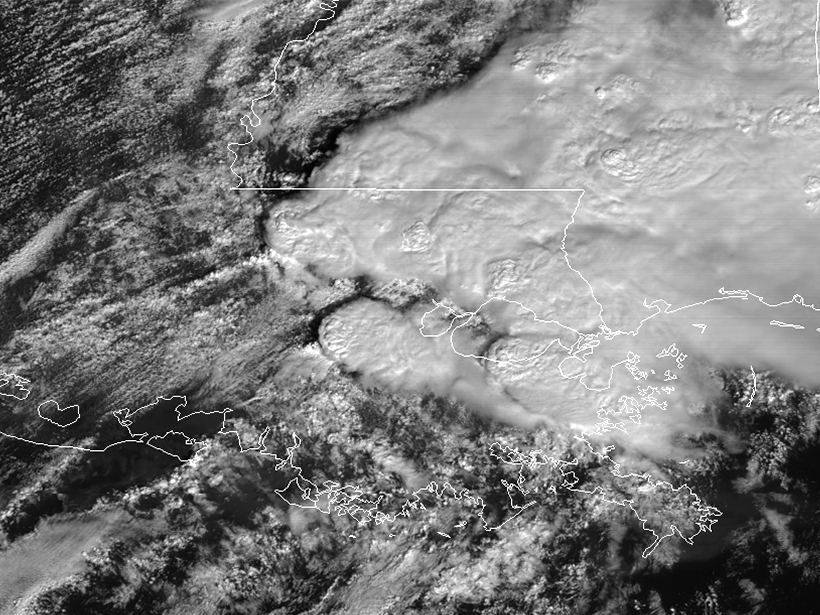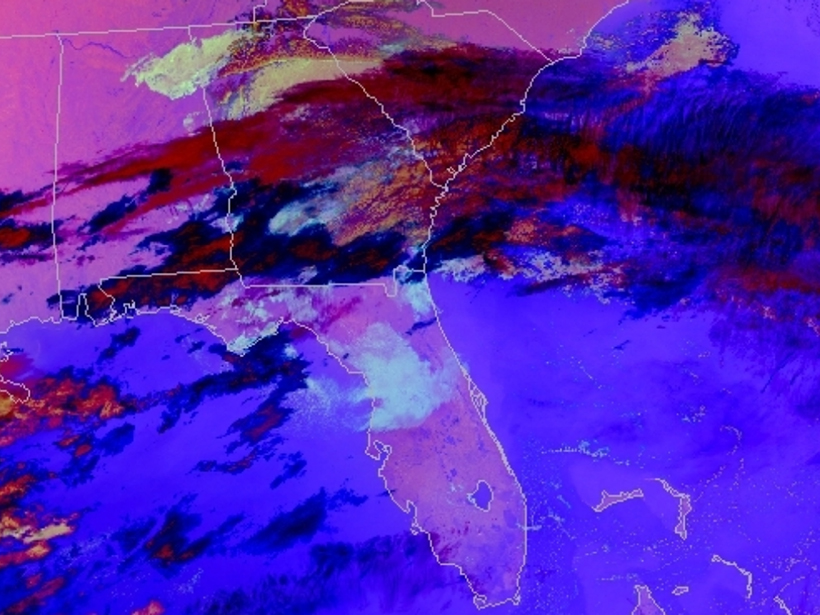Real-time updates of storms will help forecasters track and predict where the most damage could occur.
weather
Transforming Satellite Data into Weather Forecasts
A NASA project spans the gap between research and operations, introducing new composites of satellite imagery to weather forecasters to prepare for the next generation of satellites.
Birds Flock to Areas of Good Weather Across the United States
A survey of birds over several decades shows that many bird species migrate or shrink their habitat to avoid drought and storms.
First of Next Generation of U.S. Weather Satellites Hits the Sky
The novel spacecraft and three sister satellites to follow are expected to vastly improve storm forecasting.
Incorporating 3-D Cloud Effects into Weather and Climate Models
Researchers explain how a new radiative scheme can be incorporated into global weather and climate models to better capture the effect of clouds on climate.
New Flood Model Offers National Streamflow Coverage
The model, released by the National Weather Service, will provide neighborhood-level flood forecasting.
A (Dust) Devil of a Time—on Mars
New computer simulations of Martian dust devils could aid Red Planet weather forecasts.
Modeling Weather over Mountainous Terrain
Scientists use high-resolution models to study how the jagged terrain of the Earth's mountains influences precipitation.
Radar Study Examines Pulsing Tropical Climate
In the Madden-Julian Oscillation, shear forces caused by air layers slipping and sliding near the equator play a critical role in forming enormous thunderstorms and monsoons.
The Forgotten Water Vapor at High Altitudes
Scientists find that estimations of high-altitude atmospheric water, critical for the greenhouse effect, are not as accurate as previously thought.









